Costly and difficult? Only if you want them to be. We take a look at a few key pointers on creating your own bone crushing punches, snow-walking crunches and dinner-time munches. Sound good?
Whenever I talk to a sound designer, foley artist or sound recordist, they all tell me the same thing. Decent sound requires time and care, but it doesn’t have to require a big budget.
A very significant part of your sound mix will be sound effects. Because the sound effects in your film were probably not recorded at the time of shooting, it’s easy to throw them in the too-hard pile and worry more than is necessary about the scale of the task to get them.
But worry not. Good sound effects are achievable, and they’re only as far as your kitchen.
When you watch a scene back, often the sounds that are recognisable and significant to the human ear, don’t come across as powerfully as they should. Things like footsteps and doors opening can sound a little dim in the recorded mix. That’s okay – adding them in later (this is called ‘foley’) produces excellent results if you take a bit of care.
You could look at sounds effects in two categories. Category one is things that you want to boost. The footsteps we talked about earlier, a car engine starting. Things that, had the recording been perfect, would take care of themselves.
Then there are sounds that you want to really play with creatively and add more to than you would ever get from realistically recording that event. Punches are a good example. Real body blows usually don’t sound nearly so layered and textual as they do in the movies. That’s because – they’re not.
Mixing tip: Make sure each specific sound that you add in, for either of these categories, is on it’s own track. This will give you a lot more creative flexibility in the sound mix.
Recording tip: It’s tempting to put the mic right up to what’s producing the noise, but avoid this temptation. Put it about a meter away, so you don’t get issues with spiking or over-loud breathing.
Check your levels when recoding each sound – some of them will naturally be a lot louder than others (a plane engine Vs lapping water, for example), and you need to be sure all are useable in the mix.
So – what sounds can we actually use, and where can we record them? Here are some great pointers from sound designers that I’ve picked up over the years. Remember – like any good recipe, these are meant to be played with!
The kitchen is a fantastic place to start. Lots of tools, utensils, and surfaces, all with their own sonic qualities. See what sounds you can get out of steel wool, serving spoons, and napkins
Here are a few to get you started:
- Rain – Sprinkle rice or sand (or both!) on a cooking tray
- Fire – Crunch cellophane or cooking paper
- Walking in the snow – Step up and down on kitty litter
- Walking in dry leaves – Take a bowl of Corn Flakes and crush them in your hands
- Frying – Touch wet rags to a hot surface. Or, fry. (tip: try the second one, overcook the bacon slightly and then record your mouth eating it)
- Laser gun – Tap a taught cable with a stick (eg. Phone cable). Hit it at a few different places and you’ll produce different sounds. Make sure it’s not a dangerous live wire before you do. It’s a cool sound but not worth dying for.
- Walking through the bush – Rub the fronds of a straw broom between your hands
- Mechanical door – Roll a skateboard on the road
- Bubbles – Make some! Blowing a drinking straw in water will do it nicely
- Water – Play with a few different containers of water. Bath, sink, cup – all have different properties and will suggest different volumes of water
- Whoosh (arrows) – Thin stick waved fast past your microphone
- Slap – Wet your hands and clap them together
- Body blows – Punch something soft. Try a pillow. Try it with paper on it. Punch a lettuce. Freeze it and then punch it again.
- Horse hooves – Monty Python had it right – coconut shells. Seriously.
- Clothing rustle – rub clothing together, but try a few different fabrics – you might find denim sounds better even if it’s cotton in the film
The key with all this is to experiment. Your mic and recording system will be different form other peoples, your tools will be different, your frozen lettuce will be different.
Keep trying new things, and remember to keep a bank of the sounds you are creating stored on your computer or, better still, in the cloud. You never know when you may need to draw on an intergalactic planet explosion.
Feature Article image: Foley Artist Sue Harding (copyright Milanese Foley).
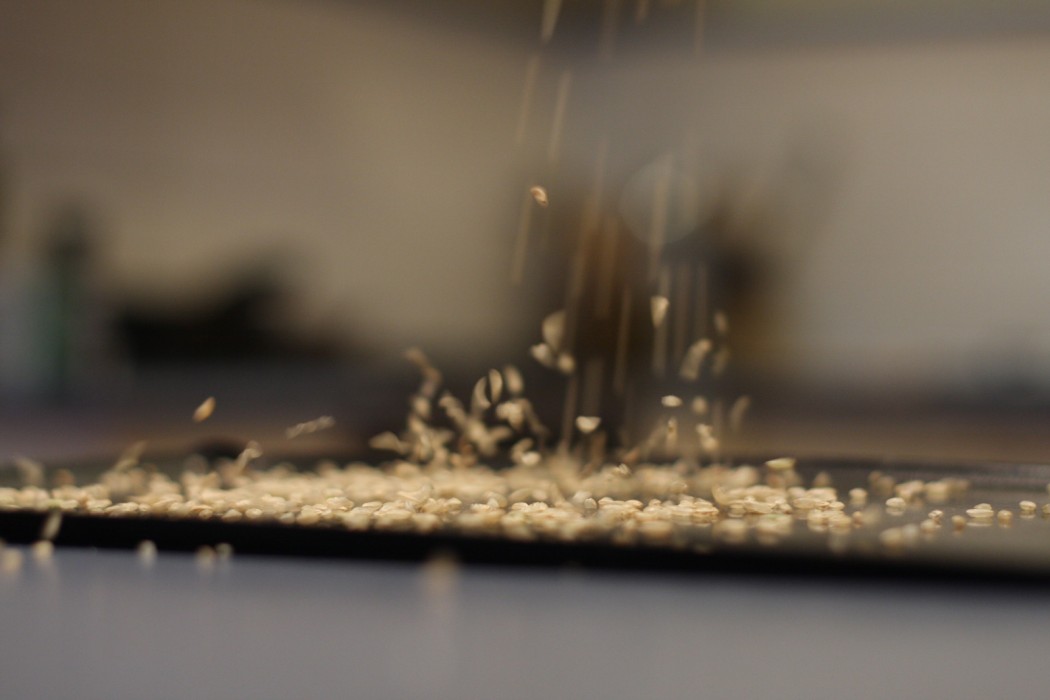
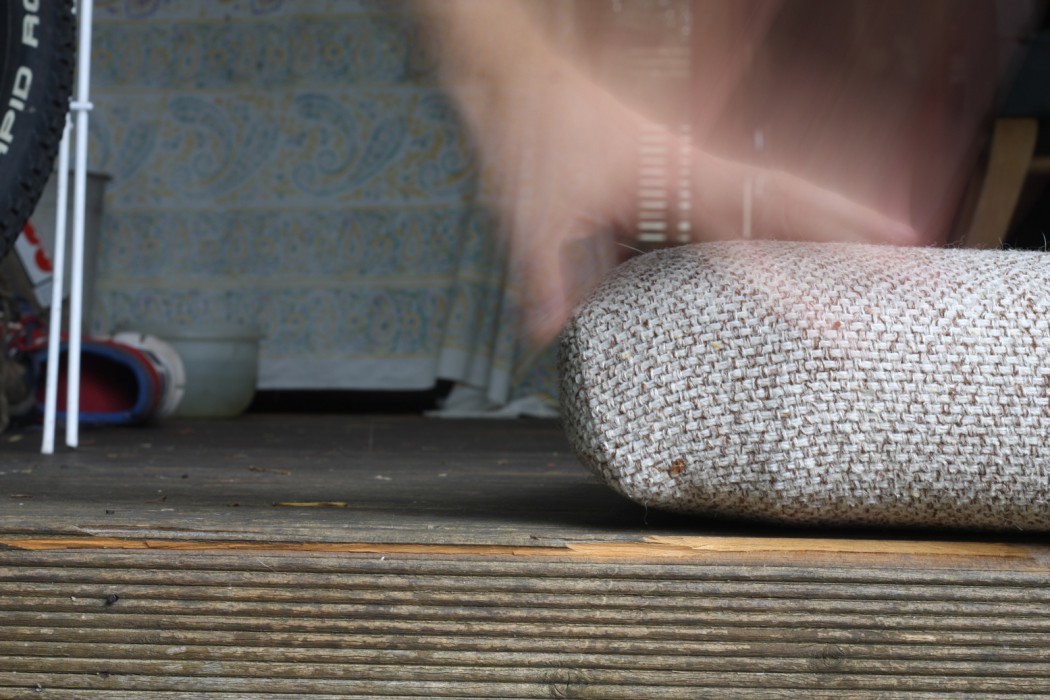
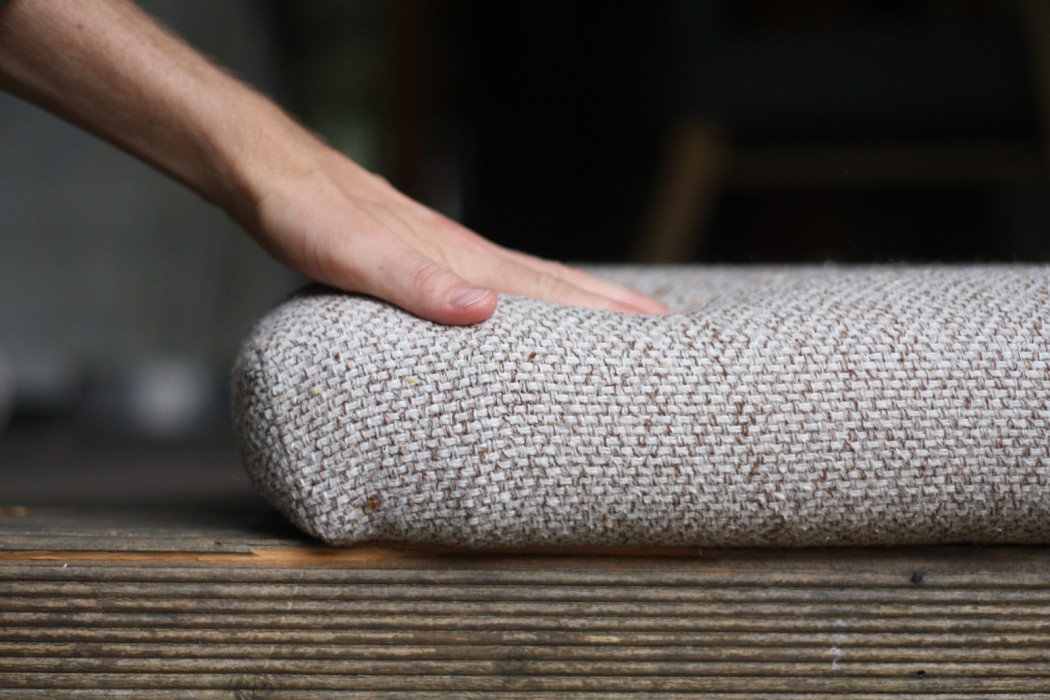
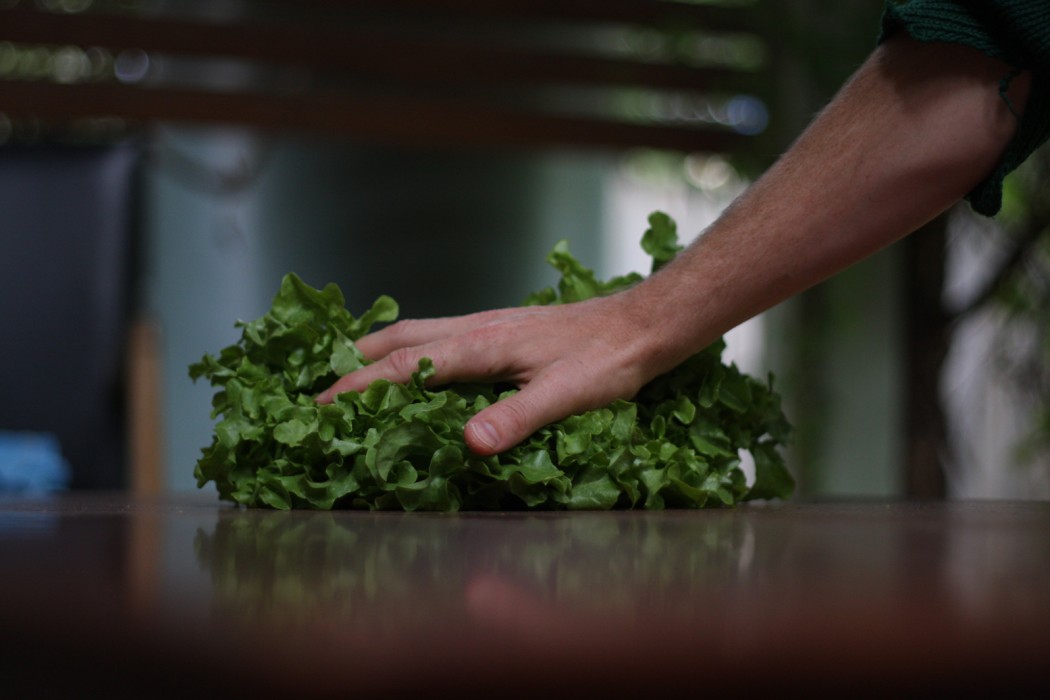
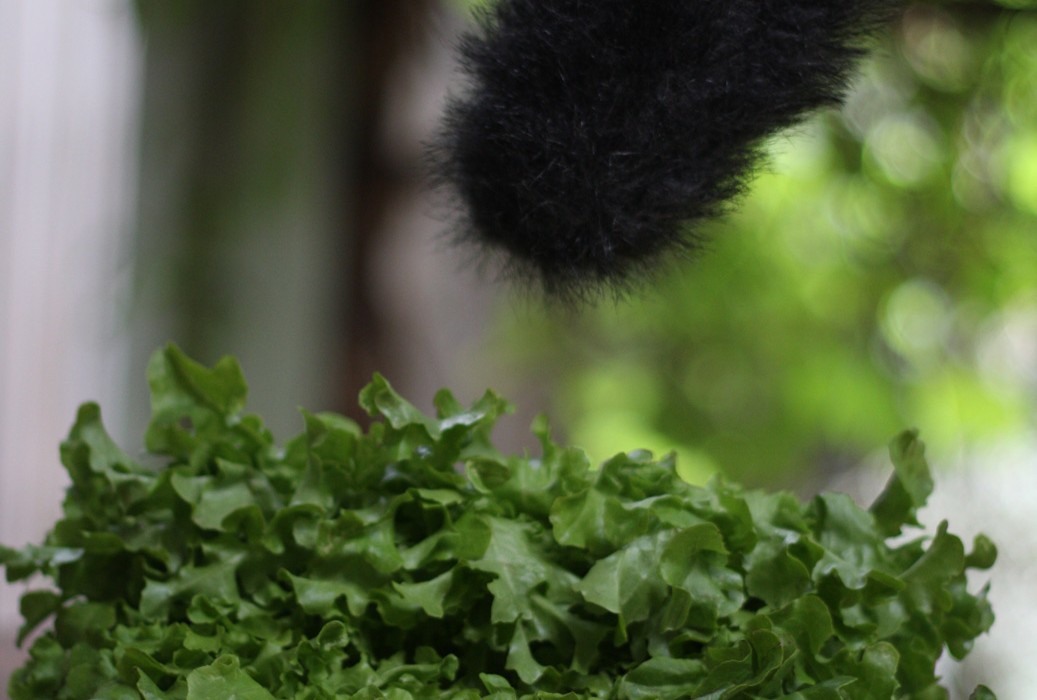


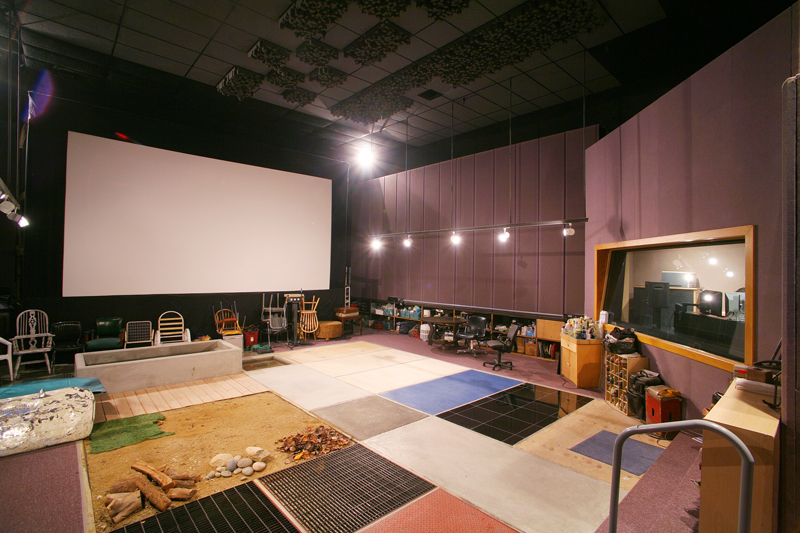


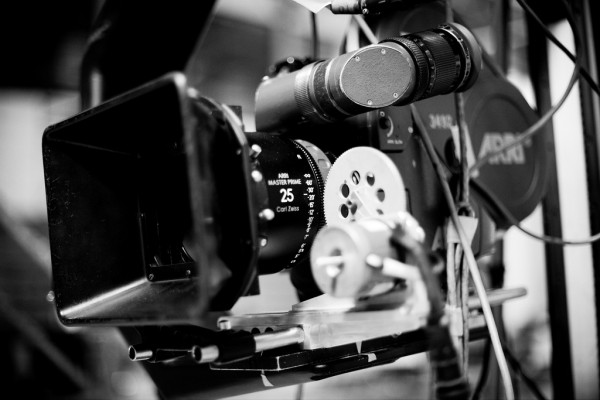
Arnab Sarkar
thats real cool! thanx fr the tips!
Nicole Boyd
You’re most welcome 🙂
(Online Ed for V&F)